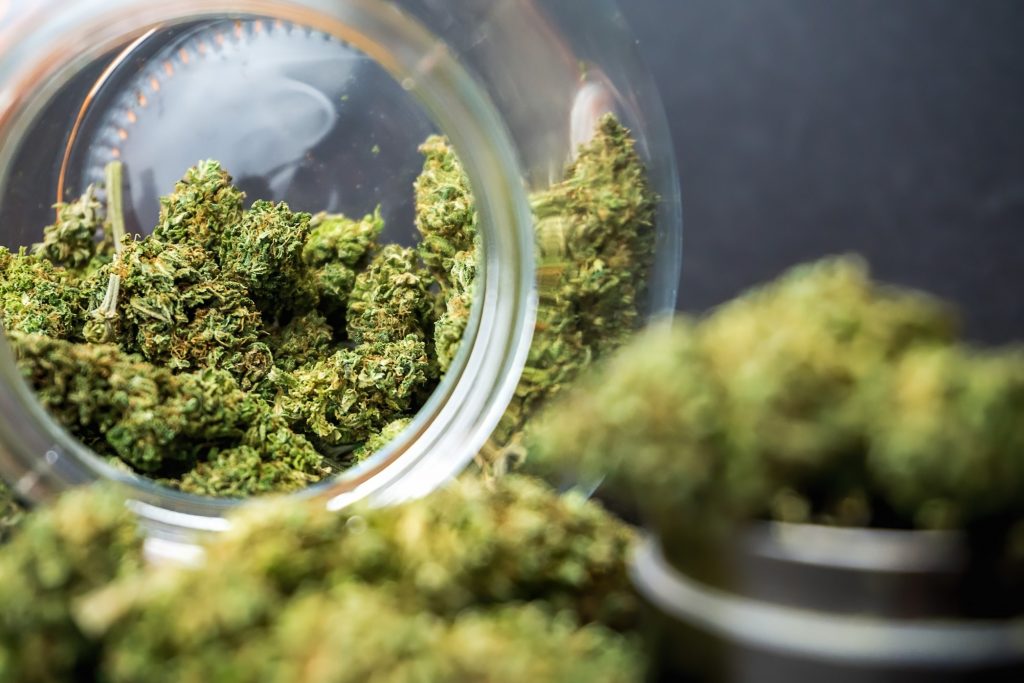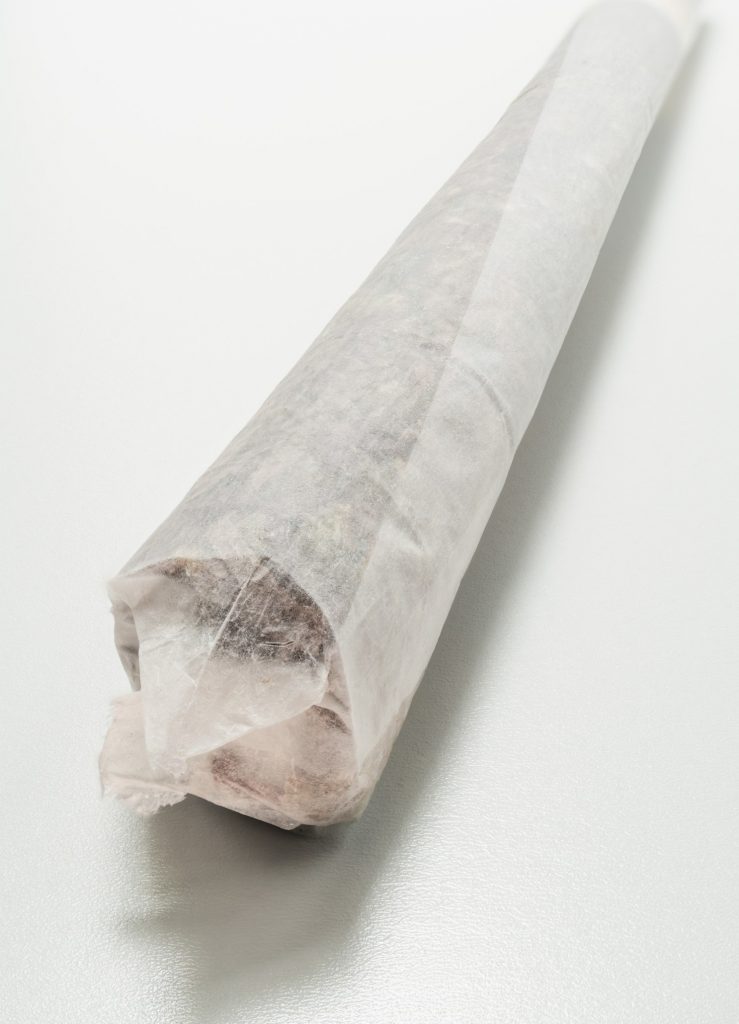
Cannabis Black Market
Recreational cannabis has been legal in Canada for nearly two years, allowing those of legal age to freely purchase and consume their favourite pot products. The road to legalization was not an easy one. Fraught with years of activism and incarceration, cannabis prohibition remained in effect for nearly a century. With the introduction of the Cannabis Act in 2018, years of concerted efforts have finally moved the legislative needle towards a more responsible approach to cannabis regulation and enforcement. However, after years of fighting for legal cannabis, the regulated market still struggles to find its footing as the cannabis black market remains a resilient force.
History of the Cannabis Prohibition
Canada’s long history with cannabis has taken it from active promotion of hemp cultivation to prohibition, decriminalization, and finally legalization. In Pre-Confederation Canada, the cannabis plant was viewed as a kind of miracle crop; hemp was a durable fiber used for everything from clothing to sails and rigging for ships. In fact, in the early 1800s, the Lieutenant Governor of Upper Canada distributed hemp seeds to farmers on behalf of the King of England to stimulate industry. By the 1820s, the government was offering incentives to domestic producers.
Prohibition didn’t enter the conversation until the early twentieth century as lawmakers sought to crack down on opium use. As laws were amended to include drugs such as morphine and cocaine, they were also expanded to include cannabis under the Narcotics Drug Act Amendment Bill of 1923.

A common misconception is that concerns about cannabis were spurred on by The Black Candle, a book by Emily Murphy (released under the name Judge
Murphy), which included lurid details about the drug trade at the time and devoted a chapter to “Marihuana – A New Menace”. The book, as well as articles by her in Maclean’s, piggybacked on concerns about immigration and racial stereotypes by stating that the drug trade was largely made up of immigrants and was ultimately a threat to the “white race”. The Division of Narcotic Control, however, did not view Murphy or her contemporaries as credible, nor did they believe this narrative. Instead, cannabis was included in the list of scheduled substances due to growing negative international attitudes towards the drug. By 1938 the Narcotic Drug Act had been amended to not only ban recreational use of cannabis but also the growing of cannabis without a permit from the Department of Health.
Cannabis Prohibition and Economics
Cannabis prohibition was also largely spurred on by economic interests. In the early part of the 20th century, the timber industry was concerned about hemp cutting into its profits with hemp paper and other products. Meanwhile, in 1919, George W. Shlichten invented the machine to separate hemp fiber to its internal core but ultimately hemp production was abandoned in favor of cotton production.
Regardless of societal concerns about cannabis use, the drug was far less popular than others until a resurgence in the 1960s. Canadian police did not make a cannabis seizure until 1937 despite its first inclusion in 1923, and from 1946 to 1961 cannabis made up only 2% of Canada’s drug related offenses. However, stirrings about the “evils of marijuana” continued to grow with influence from the US as propaganda films like Reefer Madness acted as a “morality tale” to steer the youth away from cannabis use.
Cannabis Culture - The Rise of Cannabis Activism and Advocacy
Cultural attitudes to cannabis had started to change in the 60s. The popularity of cannabis began to increase with the advent of the psychedelic and environmental movements of the 1960s, including increased travel to areas of the world where Hashish use was more openly practiced (think the Beatles in India). Particularly among middle-class university-aged students and then expanding to other demographics, the use of cannabis, as well as prosecutions for cannabis use and possession increased dramatically. By the end of the ’60s, the Trudeau government formed the Le Dain Commission to look into the habits of recreational cannabis users in Canada. The findings from the commission were released in 1972 and largely suggested that Canada should remove criminal penalties for cannabis possession, create a policy of legal distribution, and remove cannabis from the Narcotics Control Act.
In the late 80s and into the 90s cannabis activism began to emerge. One such activist by the name of Marc Emery began gaining popularity as the self-proclaimed “prince of pot” who regularly challenged laws around cannabis use as well as freedom of speech. Emery imported copies of High Times magazine which was banned from Canada at the time and eventually began Cannabis Culture, North America’s biggest retailer of cannabis seeds. By 2005 Emery’s political opponents were successful in having him charged in Canada for violating U.S. cannabis prohibitions and Emery later agreed to a plea bargain. Between 2005 and 2017 Emery was charged with various marijuana offenses and his stores in various cities were raided.
Persistent activism over the last 50 years has seen cannabis become more widespread in Canada and coupled with the government opening access to cannabis for medicinal purposes in 2001, has seen attitudes towards the drug change dramatically.

Another prominent figure in Canadian cannabis was Terry Parker, a patient with epilepsy whose condition was only helped by cannabis. Parker lobbied the government for the right to use medical cannabis, and in 2000 the Ontario Court of Appeal ruled the law prohibiting marijuana possession unconstitutional. As a result, the government created a program granting thousands of Canadians the right to use and grow, purchase, and possess medical cannabis under what is now known as the Access to Cannabis for Medical Purposes Regulation (ACMPR). Further legal cases throughout the 2000s and 2010s added to the legal argument for legalization, and further expanded patient’s medical rights to cannabis. Parker’s ruling, among many, contributed to the changes in public and legal attitudes that have led Canada to decriminalization and legalization, though the process is still ongoing.
Cannabis Controlled Drugs and Substances Act
Finally, amidst mounting pressure the Liberal Party, under Justin Trudeau’s leadership, began the process of removing cannabis from the Controlled Drugs and Substances Act in 2015. In the years leading up to legalization, the government investigated how best to decriminalize the drug while creating a legal marketplace that would replace the black market. Bill C-45, or the Cannabis Act, came into effect on October 17th, 2018, making Canada the second country to legalize the drug after Uruguay.
New Cannabis Laws
The new laws permit Canadians over the age of 18 to use cannabis recreationally, make cannabis-infused food and drinks, and grow up to four cannabis plants from licensed seedlings. Commonly called Legalization 2.0, sales of edible and topical cannabis products were made legal a year later. Despite these steps, the black market remains a source for many Canadians to get their cannabis and related products. Illegal dispensaries and online marketplaces are issues that the government or market forces have been unable to adequately address.
A StatsCan survey found that 40% of Canadian cannabis users admitted to buying cannabis illegally since legalization. Though the tide seems to be turning and legal sales now outpace the black market, illegal purchases still amounted to 785 million dollars in the second quarter of 2020. Consumers point to the lack of retail outlets and the cost of legal products being higher than their illegal counterparts due to government taxation as reasons for the black market’s survival. Established consumption habits coupled with difficulties in brands building identity and marketability in a highly regulated market hinders legal retailers from pushing out black market forces.
Todays Cannabis Recreational Market
As these issues are ironed out and more legal retailers open, the legal market should continue to grow and, in time, replace the black market. The cost of legal cannabis continues to drop as both growers and retailers see that the future of cannabis is in the legal space. We now see more companies and entrepreneurs entering the industry, there is hope that they will have a greater role to play in shaping legislation and the marketplace to bring recreational cannabis more effectively to their consumers.
Some craft cannabis growers are already looking to play a more integral part of the legal supply chain as the government and Health Canada implement programs to bring them into the fold.
Improving Cannabis Retail Experience
With these positive developments in Canada’s long history with cannabis, the legal market is steadily looking more appealing to a Canadian public already disposed to the benefits of legalization. That means a better relationship between consumers, producers, and the government, as well as lower costs and a better retail experience, knowing exactly where your cannabis comes from and what is in it. As social acceptance rises, the stigmas associated with cannabis users are beginning to fall. As cannabis use increased, the public has begun to realize that cannabis isn’t the boogeyman it was once made out to be.
When you’re ready to see what Canadian cannabis has for you, come to Due North and let us be your compass as you begin your cannabis journey.
